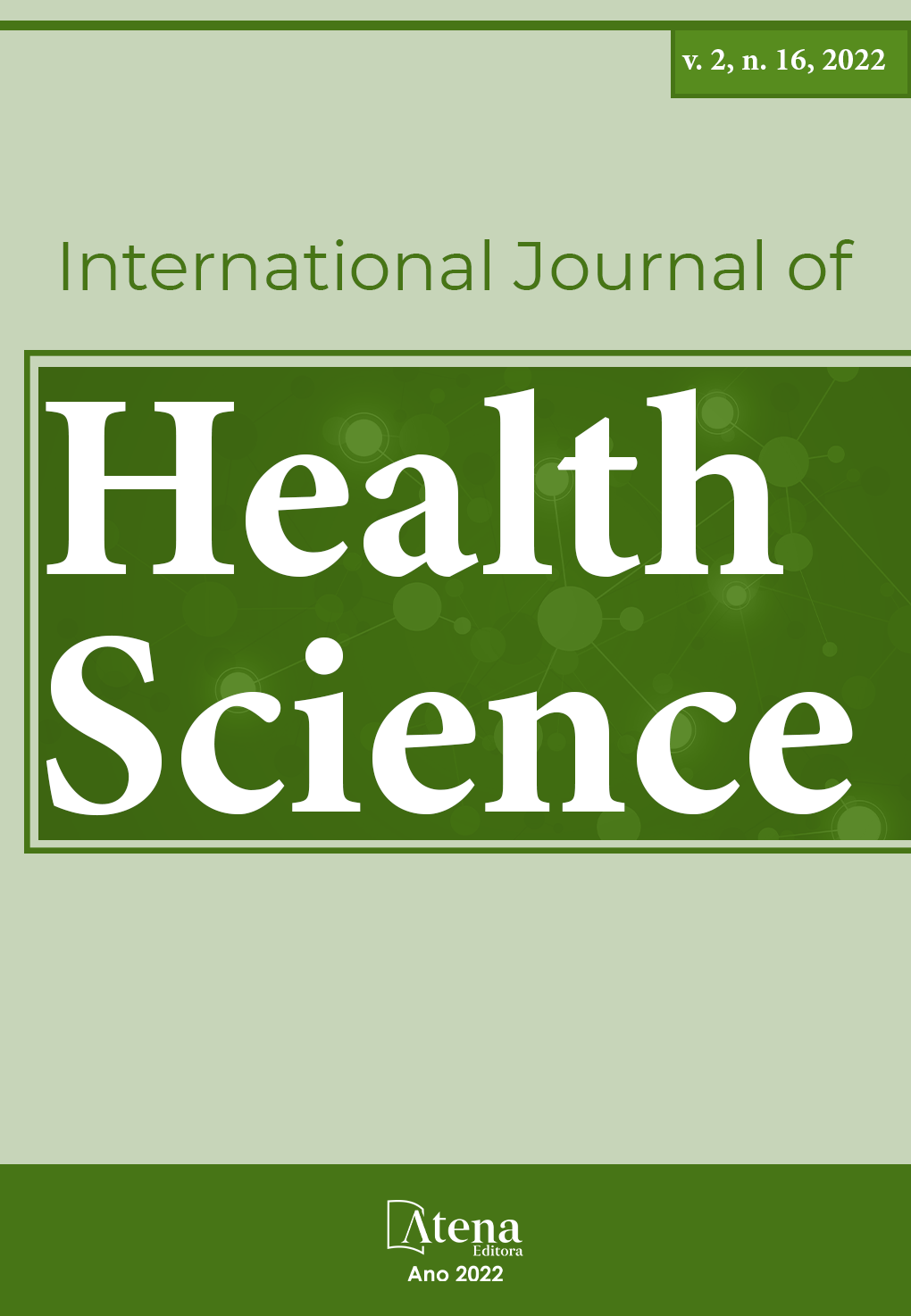
USE OF ANTI-ARRHYTHMIC DRUGS IN STABLE TACHYARRHYTHMIA
INTRODUCTION: Tachyarrhythmias comprise a group of heart rhythm disorders whose heart rate is greater than or equal to 100-110 beats per minute. When very high, the greater the relationship with signs and symptoms of instability. These cases of unstable tachyarrhythmias have a formal indication for electrical cardioversion (EVC). For stable ones, however, it is valid to carefully evaluate case by case and indicate from vagal maneuvers to pharmacological measures with antiarrhythmics. Since it is still necessary to know more about chemical cardioversion, the current literature review aims to compendium the use of antiarrhythmic drugs in stable tachyarrhythmias. METHODOLOGY: The present research was carried out through a critical review of bibliographic literature with analysis and discussion. At first, there was no time interval or source language delimitation. The main selection criterion was based on the quality of the information, excluding old materials that disagreed with current guidelines for the management of tachyarrhythmias. Finally, the content was synthesized and summarized in texts and tables in order to facilitate dynamic reading and comprehension. RESULTS: The mechanism of tachycardia helps in deciding the type of treatment. There are two main mechanisms of tachycardia: automatism or reentry. Stable tachycardias can also be reversed with CVE or antiarrhythmic drugs. In this scenario, it is possible to first define the tachyarrhythmia to decide, then, the best drug to be used, considering its contraindications. CONCLUSIONS: The use of antiarrhythmic drugs in stable cases presents a wider range of possibilities, requiring a more detailed diagnosis and a broad pharmacological knowledge of this drug class. In this sense, outlining the therapeutic options allows both to update the scientific literature on the subject, as well as to facilitate the review of the first therapeutic line of a disorder that usually presents itself in the condition of emergency care.
USE OF ANTI-ARRHYTHMIC DRUGS IN STABLE TACHYARRHYTHMIA
-
DOI: 10.22533/at.ed.1592162216031
-
Palavras-chave: Stable tachyarrhythmias. Antiarrhythmics. cardioversion.
-
Keywords: Stable tachyarrhythmias. Antiarrhythmics. cardioversion.
-
Abstract:
INTRODUCTION: Tachyarrhythmias comprise a group of heart rhythm disorders whose heart rate is greater than or equal to 100-110 beats per minute. When very high, the greater the relationship with signs and symptoms of instability. These cases of unstable tachyarrhythmias have a formal indication for electrical cardioversion (EVC). For stable ones, however, it is valid to carefully evaluate case by case and indicate from vagal maneuvers to pharmacological measures with antiarrhythmics. Since it is still necessary to know more about chemical cardioversion, the current literature review aims to compendium the use of antiarrhythmic drugs in stable tachyarrhythmias. METHODOLOGY: The present research was carried out through a critical review of bibliographic literature with analysis and discussion. At first, there was no time interval or source language delimitation. The main selection criterion was based on the quality of the information, excluding old materials that disagreed with current guidelines for the management of tachyarrhythmias. Finally, the content was synthesized and summarized in texts and tables in order to facilitate dynamic reading and comprehension. RESULTS: The mechanism of tachycardia helps in deciding the type of treatment. There are two main mechanisms of tachycardia: automatism or reentry. Stable tachycardias can also be reversed with CVE or antiarrhythmic drugs. In this scenario, it is possible to first define the tachyarrhythmia to decide, then, the best drug to be used, considering its contraindications. CONCLUSIONS: The use of antiarrhythmic drugs in stable cases presents a wider range of possibilities, requiring a more detailed diagnosis and a broad pharmacological knowledge of this drug class. In this sense, outlining the therapeutic options allows both to update the scientific literature on the subject, as well as to facilitate the review of the first therapeutic line of a disorder that usually presents itself in the condition of emergency care.
-
Número de páginas: 10
- Eduardo Machado Teles de Oliveira
- Maria Eduarda Tavares Brito
- Maylla Fontes Sandes
- Mariana Amaral Carvalho
- Natália Palazoni Viegas Mendonça
- Yanne Tavares Santos
- Victor Araujo de Oliveira Polycarpo
- José Genivaldo Santos Andrade
- José Everton Silva Araújo
- João Pedro Costa Machado Teles
- Bruno José Santos Lima
- Mayra Pereira Souza Barros


